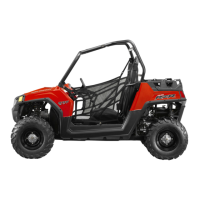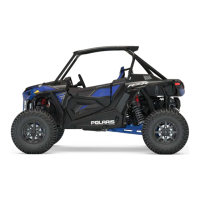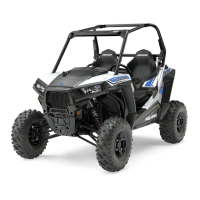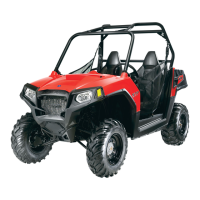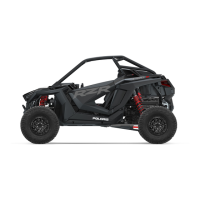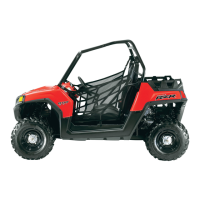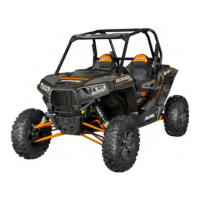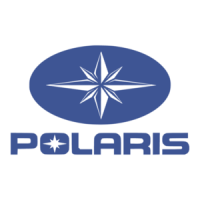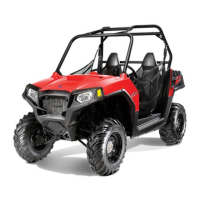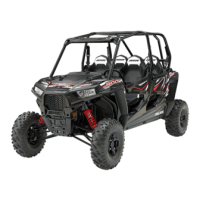128
MAINTENANCE
Cleaning and Storage
Chrome Wheel Care (if equipped)
Proper maintenance will protect chrome wheels from corrosion, pre-
serve wheel life and ensure a “like new” appearance for many years.
Tip: Chrome wheels exposed to road salt (or salt in the air in coastal areas) are
more susceptible to corrosion if not properly cleaned. Clean chrome wheels
more often if they're exposed to salt or other corrosive elements.
1. Wash chrome wheels frequently. Use a mild detergent. Never use
abrasive cleaners on plated or painted surfaces.
2. Rinse well with clear water. Soap, detergents, salt, dirt, mud and
other elements can cause corrosion.
3. Polish the clean chrome wheels periodically. Use an automotive
grade chrome polish.
4. Routinely and liberally apply a weather resistant wax to each pol-
ished chrome wheel. Choose a product suitable for chrome finishes.
Read and follow the product labels and instructions.
Removing Corrosion
If light rust is found on the chrome finish, use steel wool (#0000-OTT
grade) to remove it. Gently rub the affected areas with the steel wool
until the corrosion has been removed. Clean and polish the wheel as out-
lined above.
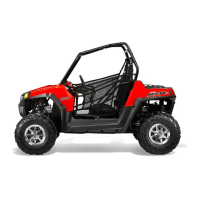
